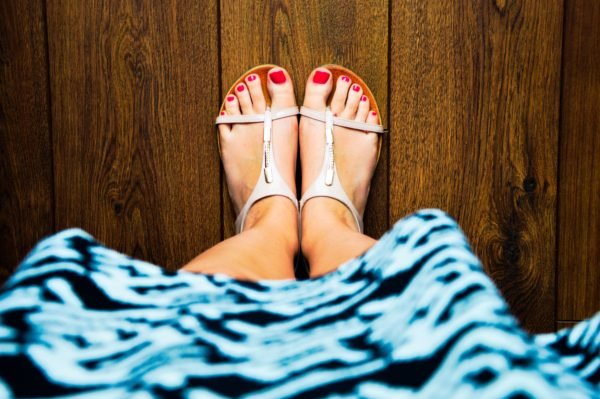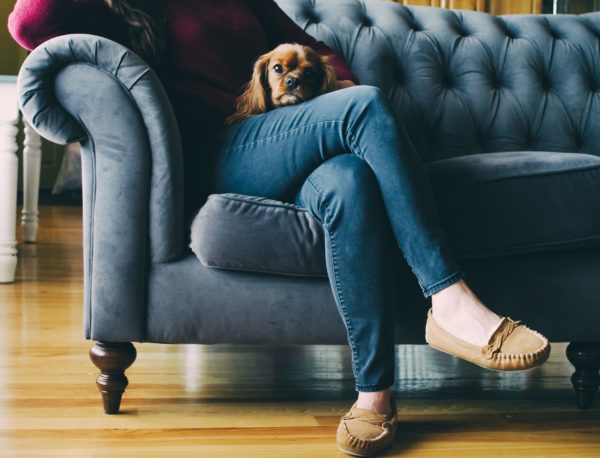
After a year of laidback lockdown life, we’re ready to swap our comfy slippers for the latest shoe trends. But how prepared are our feet for life after lockdown?
With many slipper styles lacking structure and benefitting from soft interiors, our feet are no longer primed to prevent shoes from rubbing when we’re on the move.
One of the most important factors when deciding on the type of shoes is the surface you’ll walk on and for how long. Depending on whether you’ll walk on concrete or sand, whether you’ll use it for regular walks, work, or fancy dinners – you need to adjust the choice in order to avoid foot pain.
With life returning to normal, we all need to get our feet back in shape – and fast! Check out our top tips on how to stop your shoes from rubbing.

1. Keep feet dry
Moisture plays a key role in skin breaks and blisters as it softens the skin and increases the risk of friction, so protect your feet from external moisture by ensuring shoes are fully waterproof. Suede, canvas and other textiles can let in rain, leading to damp socks, wet feet and rubbing. If your footwear is not fully waterproof, use moisture blocking spray to stop rain from dampening your step.
2. Never buy new shoes in the morning
Feet naturally swell throughout the day, sometimes up to half a shoe size. Keep in mind when buying new shoes, as the fit will differ depending on the time of day, and poor-fitting shoes can cause discomfort. For a true fit, try shoe shopping in the afternoon.
3. Try before you buy
Wearing the right size and style footwear for the shape of your feet is key. Check for friction around the back of the ankle, heel or toes as you move. Loose shoes are more likely to rub, so find the right fit and don’t be tempted to size up. If you find your shoes rubbing around the heel and back of the ankle, try a pair of heel grip pads to improve the fit and reduce movement.
4. Check for interior seams
The smoother the interior of your shoe, the kinder it will be on your feet. Look for seams, stitching and other features that may increase the risk of rubbing.
5. Talcum powder
Dust your feet with talcum powder to stop your sandals from rubbing or slipping without resorting to the dreaded socks and sandals combo or unsightly plasters. Preventing moisture is key to reducing friction and preventing blisters, so this trick will help to keep them dry.
6. Hairspray
If you want to stop your flip flops, mules or strappy sandals from slipping on the move simply spray the soles of your feet with hairspray. Once it becomes tacky, slide your feet into your sandals and go.
7. Hairdryer
If your shoes feel tight, pop them on and flex feet while giving them a quick blast with a hairdryer on a low heat setting. Warming shoes will loosen the materials around the movement of your feet, speeding up the stretching process.
8. Wear two pairs of socks
New shoes are usually the worst offenders when it comes to rubbing and causing painful blisters, as materials are often stiff during the first few wears. Break-in your new shoes quickly by wearing two pairs of socks. This tactic is a popular one with walkers, as friction occurs between the socks, rather than directly with the foot, which helps to prevent blisters.
